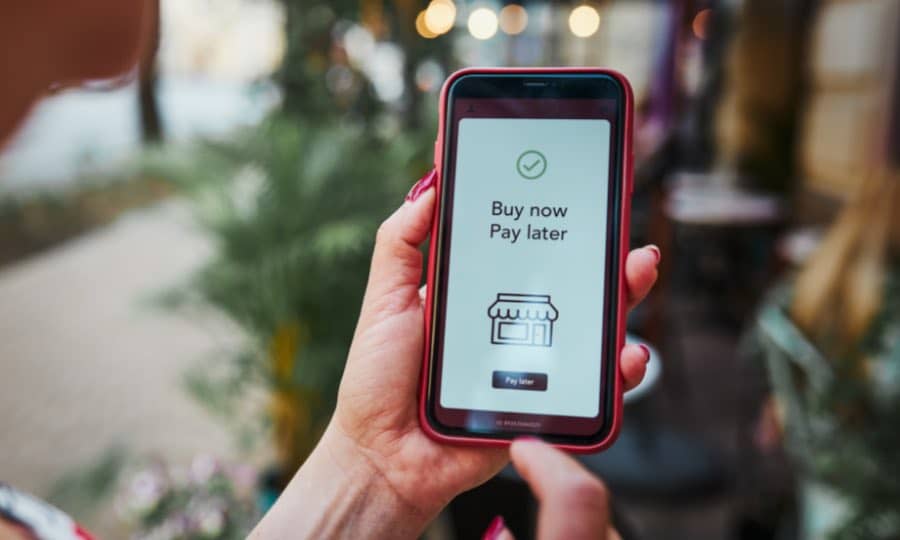An Introduction To “Buy Now, Pay Later” Payment Methods
Consumers today have access to a wide variety of payment options. Buy now and pay later is one of the most common choices (BNPL). With this payment strategy, you can buy things and then spread the cost over time, typically without paying interest. This is an excellent alternative if you want to buy something but don’t have the money right away.
However, there are a few considerations with buy now pay later payment plans. Before you commit to anything, be sure you understand the terms and conditions because there can be charges. As missed or late payments frequently result in high-interest rates being charged to your account, make sure to pay your bills on time.
- You may create a healthier budget by dividing your payments into manageable
Using buy now, pay later payment methods has several advantages:
- You can avoid incurring interest fees by paying off your item within the stated time limit. instalments.
- You can raise your credit score by paying your bills on time.
- If you choose a retailer’s preferred purchase now, pay later payment option, you may be eligible for discounts and other benefits.
How does it Work?
There are a variety of different buy now, pay later schemes. Although each business has its own set of other terms and conditions, point-of-sale instalment loans typically work in the manner described below:
- You choose thebuy now and pay later option at the checkout when purchasing at a participating shop.
- You pay a down payment, such as 20% of the total purchase price, if accepted (you are informed in a matter of seconds).
- A series of generally interest-free instalments are then used to pay down the remaining sum.
- In addition to being routinely deducted from your debit card, bank account, or credit card, payments can also be paid via check or bank transfer.
Is there a difference between credit cards and BNPL plans?
Although both the methods require postponed payments, BNPL is distinct from using a credit card to make a transaction. You are only required to pay the due minimum monthly fee on the credit card you use to make purchases. Interest will be applied on the revolving balance until it is paid in full. A balance, though, can be held eternally.
BNPL agreements, on the other hand, usually impose no fees or interest. However, they have a predetermined payback schedule that often lasts for a definite period, such as a few weeks or months. The price is always upfront and is frequently the same amount. It resembles any other unsecured personal loan in every way.
The benefits and drawbacks
Buy-now and pay-later financing arrangements let customers pay for items over time without incurring interest fees. And even if you’ve been turned down for other loan alternatives because of a poor credit score, getting authorised for this kind of financing is still possible. BNPL loans increase your loan debt but not your credit card debt. They typically have no impact on your credit score because they are frequently too brief to be recorded by the credit bureaus.
However, neither getting them nor paying them off will assist you in establishing and constructing good credit. Additionally, you lose out on any benefits offered by credit cards, such as cash-back or reward points.
It cannot be easy to return an item you purchased through BNPL. Of course, you should receive your money back, although it can take some time before the merchant alerts the BNPL lender of the refund. You might need to continue making payments in the interim. If you don’t, the payment can be considered late or absent, resulting in costs and eventually lowering your credit score.
Not all purchases may qualify for buy now; pay later finance. The amount you can invest in this way may also be limited. But with the growth of e-commerce in general in 2020, this has become a more common option for paying for smaller online transactions.


